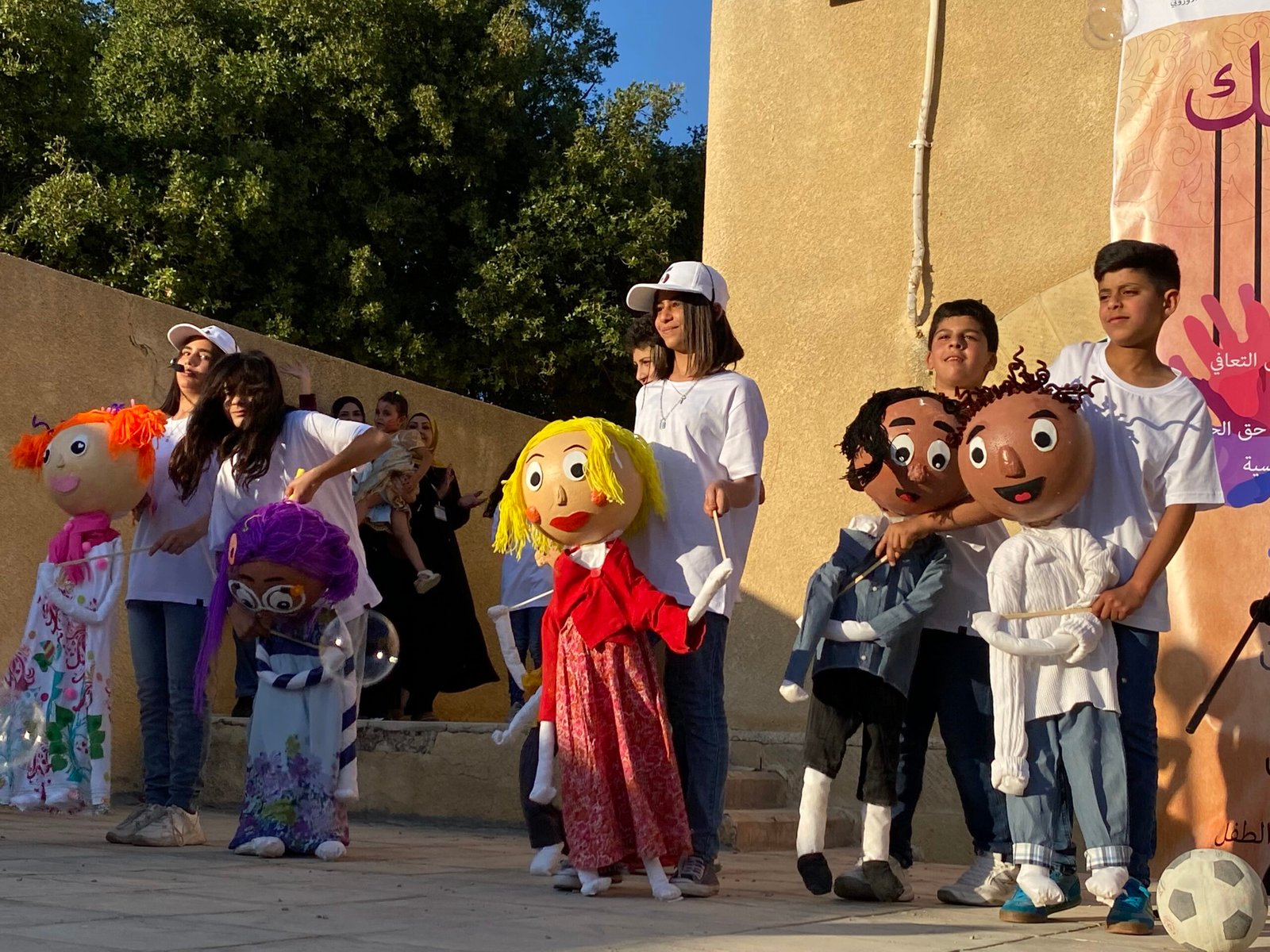

















If a puppet is put in one’s hand, it is impossible to keep it quiet. It has a mind of it’s own. It’s personality comes from some part of the puppeteer that is dominant enough for it to have been created as a concrete visualization. It is a statement of thoughts that may not have been consciously expressed; here, those thoughts are not only stated, but stated strongly. A puppet is an extension of the personality, but has greater freedom to express this personality. It can go where the person is afraid to go; it can speak with mistakes without worry. It can fly. It can sing” (PUPPETRY IN EDUCATION AND THERAPY – MATTHEW BERNIER AND JUDITH O’HARE, PAGE 8)


